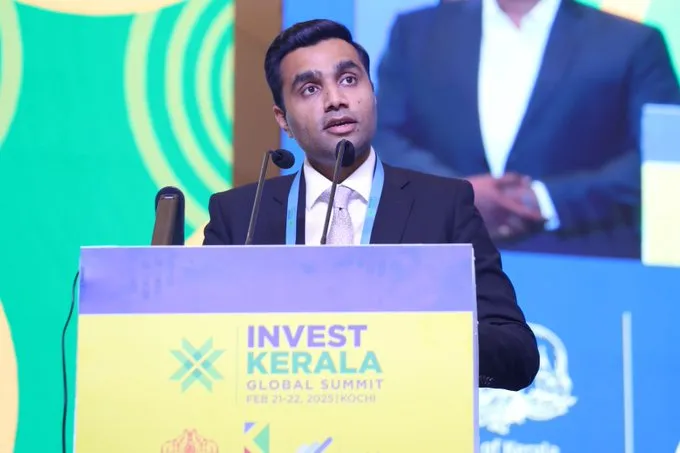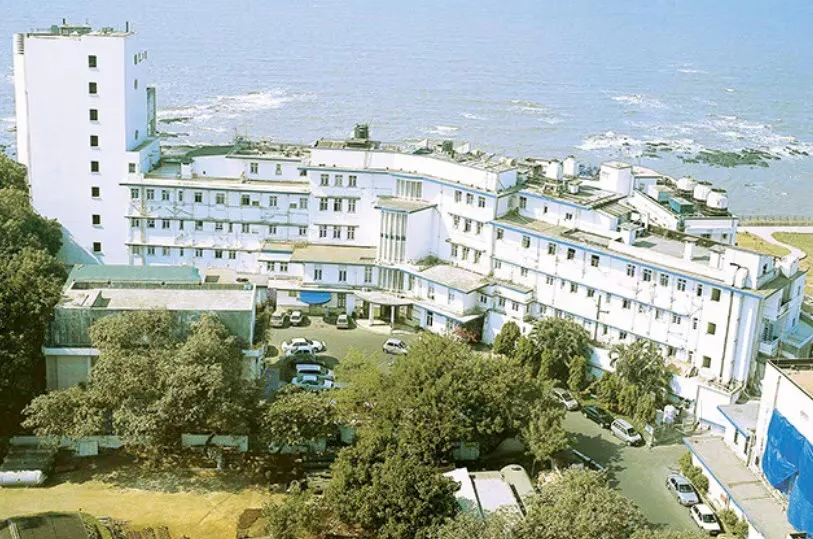Adani Vizhinjam International Port is set to play a crucial role in India’s maritime exports, transshipment, and industrial growth. It is India’s only deepwater container port, with a natural depth of 24 meters and located just 10 nautical miles from international shipping routes. Vizhinjam is opening up new opportunities by reducing India’s reliance on ports like Colombo, Dubai, and Singapore, making exports and imports more efficient.

A Game Changer for Logistics
Singapore’s rise as a global trade hub was driven by its transshipment industry. Vizhinjam is
following the same path. To strengthen its position, India needs world-class port infrastructure. With Adani Ports completing the first phase of construction, Vizhinjam is attracting global attention.
A Gateway for Global Exporters
Exporters worldwide view Vizhinjam as a strategic gateway. For Kerala, this means massive growth opportunities, especially with the state’s aggressive industrial policies. The port will drive the development of logistics parks, attract export-oriented industries, and support businesses that import raw materials and export finished goods. Vizhinjam has the potential to transform Kerala into a major industrial hub, creating manufacturing clusters, logistics centers, and new business ecosystems.

Vizhinjam Proves Its Capabilities
The arrival of MSC Claude Girardet, one of the world’s largest container ships, at Vizhinjam made headlines globally. This vessel, with a draft of 16.5 meters, demonstrated that Vizhinjam can handle even the biggest ships. With automation technology, large container ships can dock, unload, and depart swiftly, giving Vizhinjam a competitive edge over Colombo and Singapore.

India’s First Fully Automated Port
Vizhinjam is South Asia’s first fully automated deepwater port. From ship docking to container movement, everything is automated, making it a milestone in India’s maritime history. Within just three months of commercial operations, the port handled 3.5 lakh containers, setting a record.
With modern container handling equipment, vessel traffic management systems, and world-class automation, Vizhinjam will reduce transit time for ships. Its strategic location places it in direct competition with major ports like Colombo and Singapore, positioning Kerala for unprecedented economic and commercial growth.

Adani’s Vision for Vizhinjam
According to Pradeep Jayaraman, CEO of Adani Vizhinjam Port Private Limited, the group aims
to develop Vizhinjam as a multi-cargo port, capable of handling containers, dry cargo, and liquid cargo. The initial phase has been a success, and over the next 3-5 years, Vizhinjam is expected to drive significant expansion and transformation in the region.

A Hub for Industrial & Trade Growth
Vizhinjam will unlock a range of business opportunities, including:
-Warehousing, cold storage, and transportation businesses.
-Manufacturing and processing units for auto, pharmaceuticals, and agro-processing.
-Industrial clusters, food parks, and logistics hubs.
-Ship repair, marine engineering, and other maritime services.
-Bunkering facilities for LNG, hydrogen, and ammonia-powered ships.
-Port-related services like tugboats, ship insurance, and marine financing.
-Direct export of seafood, marine products, and processed foods.
With hundreds of ships expected to use the port, employment opportunities in logistics, industrial sectors, and port services will rise significantly.
A Nationally Significant Project
Though Vizhinjam is Kerala’s project, its impact will be felt across India, especially in South India. The Kerala government owns the port, while Adani Group handles construction and operations.

Kerala’s Economic Potential
The port is expected to generate ₹35,000 crore in revenue and ₹29,000 crore in GST for the
Kerala government. With improved air, road, and rail connectivity, Vizhinjam has the potential to turn Kerala into an international trade hub.
Vizhinjam is more than just a port; it is India’s trump card for global trade connectivity. With the capacity to handle 10 lakh TEUs (twenty-foot equivalent units) in the first phase and a long-term target of 60 lakh TEUs, this port is a masterstroke for India’s maritime ambitions. Just like Shanghai and Singapore grew into economic powerhouses, Kerala is now on the same path. The question is no longer “why did this take so long?” but rather, “how soon can we maximize its potential?”
